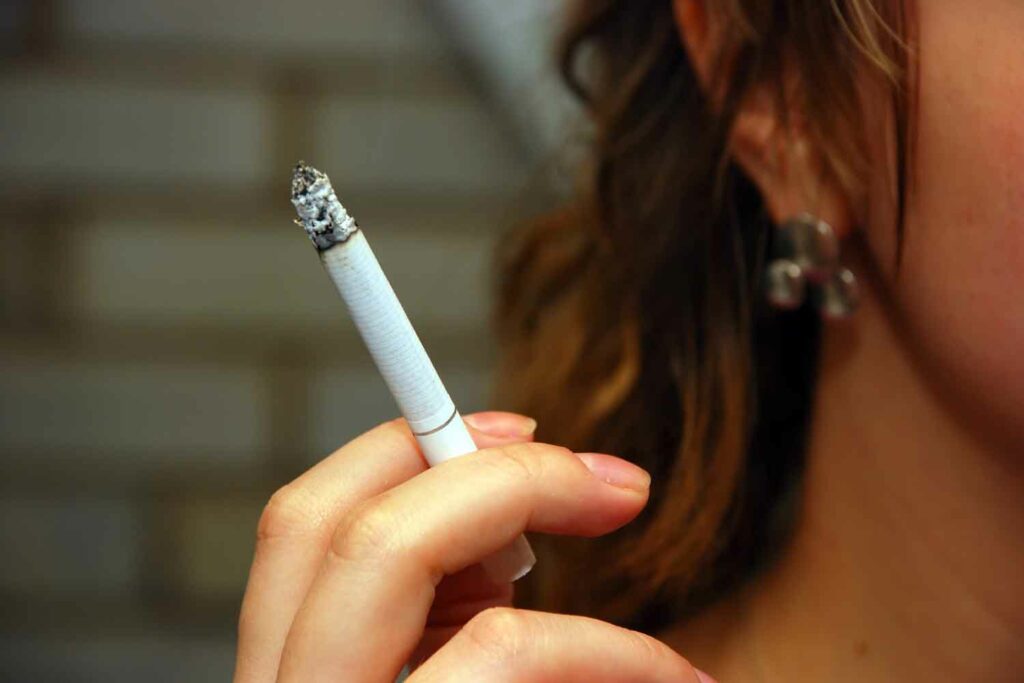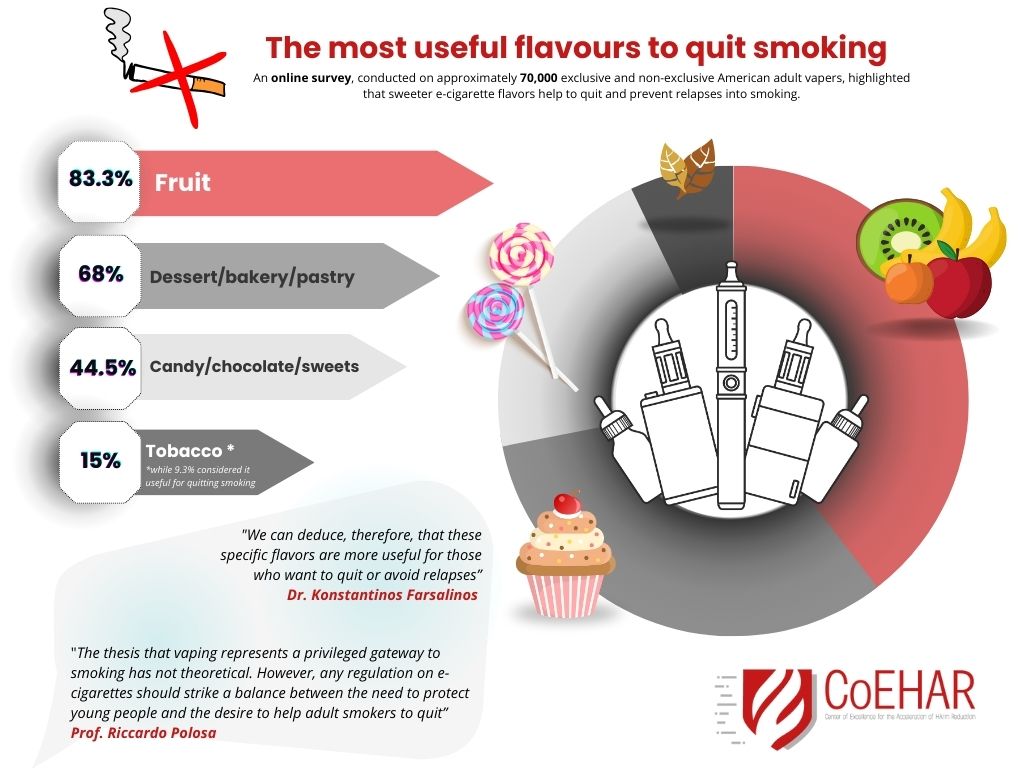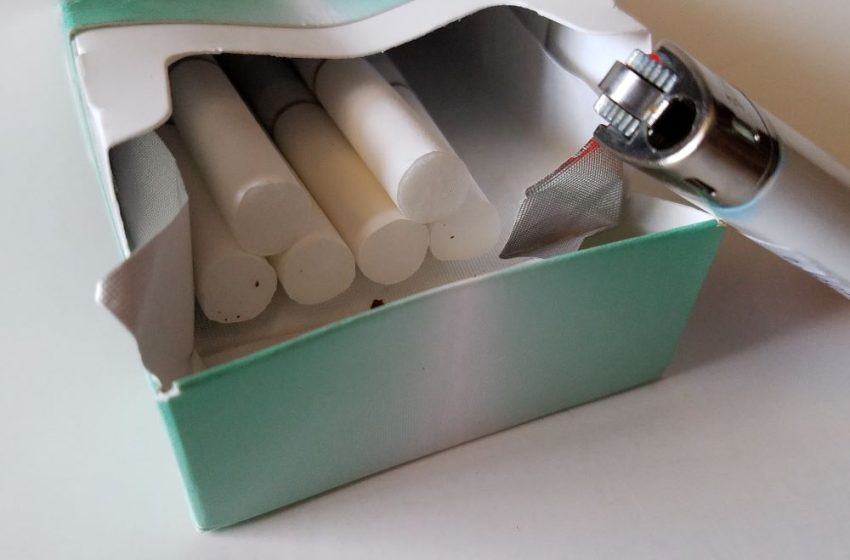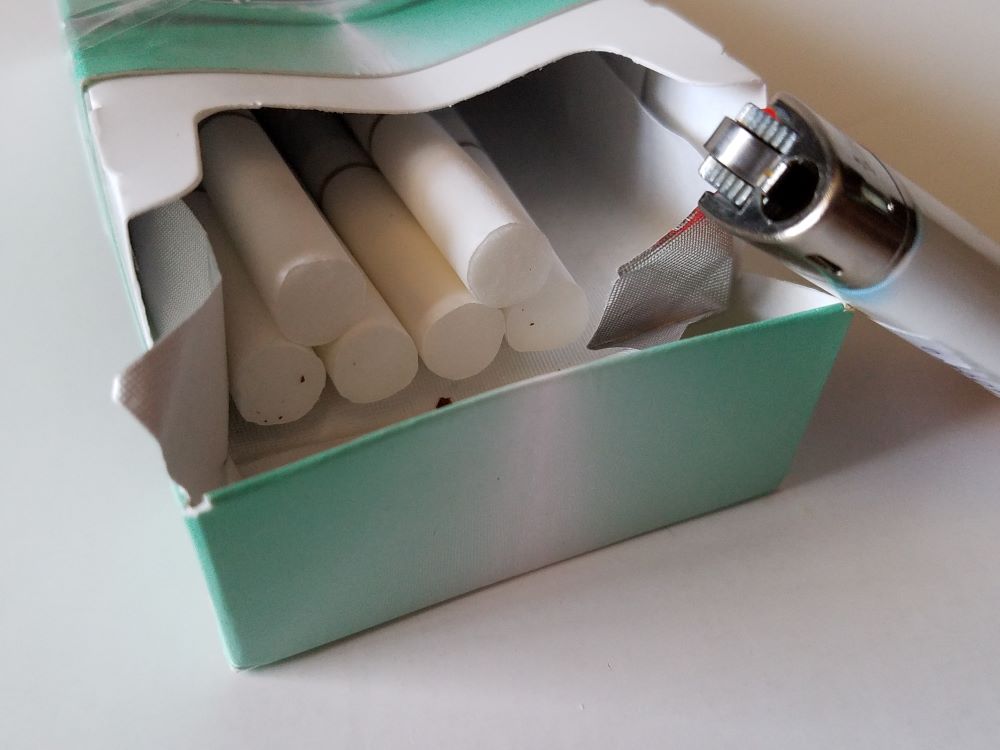
Quebec’s ban on flavored vapes took effect Oct. 31.
The measure includes vaping products with flavors other than tobacco and will prohibit e-liquid sold in bottles with a capacity greater than 30 mL and prefilled devices with a capacity greater than 2 mL.
The ban was announced in a draft published in April. More than 30,000 citizens of Quebec commented on the proposed ban, according to the Quebec Vaping Rights Coalition, but the health ministry reportedly didn’t make any changes to the rules in response.
Quebec is the largest province in Canada to enact a flavor ban. Four other provinces and territories already ban flavors, and one has passed a ban but has not set an effective date yet. Three other provinces restrict flavored products to adult-only stores.

“It’s high time for provinces like Quebec, New Brunswick, Nova Scotia and PEI to reevaluate their stance and stop yielding to the influence of big tobacco companies. These regions must come to the realization that they are inadvertently supporting the very issues they claim to be combating.”
Darryl Tempest, government relations counsel to the CVA
The Canadian Vaping Association (CVA) has expressed concerns to the Quebec government, arguing that this regulation will not achieve its intended goal of curbing youth experimentation.
According to the CVA, the consequences will include the closure of specialty vape shops within the province, the loss of over 1,000 jobs and a shift in consumer demand toward foreign suppliers and the illicit market.
“It’s high time for provinces like Quebec, New Brunswick, Nova Scotia and PEI to reevaluate their stance and stop yielding to the influence of big tobacco companies. These regions must come to the realization that they are inadvertently supporting the very issues they claim to be combating,” said Darryl Tempest, government relations counsel to the CVA.
The available data consistently finds that flavor bans fail to effectively protect youth and lead to increased tobacco sales among both young people and adults.




















